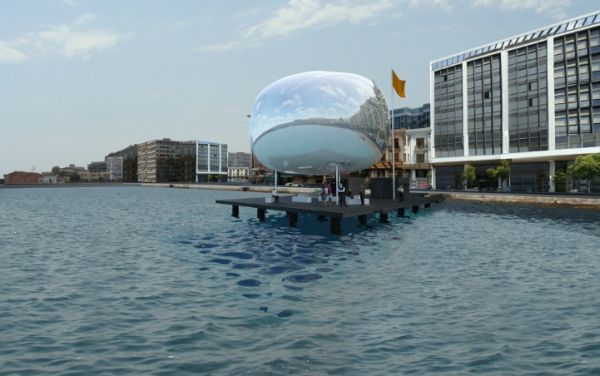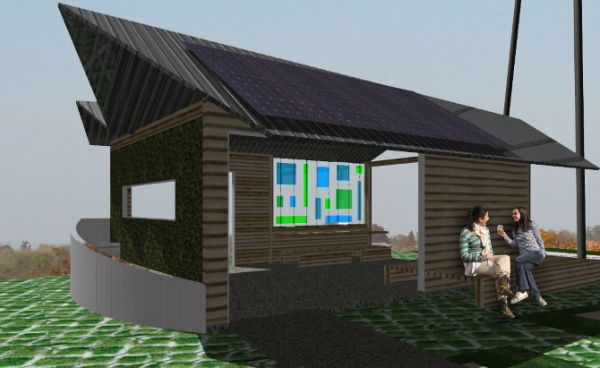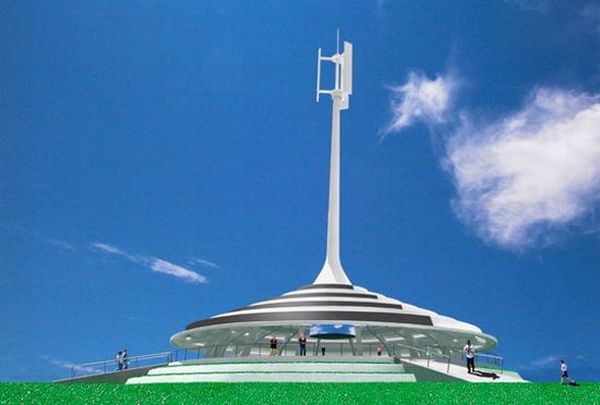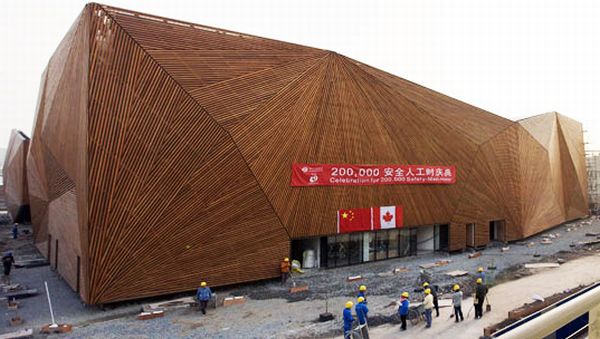The concept
The Thessaloniki Water Transport piers in Greece won the national architecture design competition. It consists of four piers named as Eleutheria Square, Perea, Megaro and Aretsou. These are designed keeping in mind the three basics of having a floor, the inflated pneumatic structure and the pavilions. The primary criteria for this competition was to have a functional and economic, yet an innovative design. The images will surely tell you the majestic design of the piers.

The Inspiration
The floor is the base that supports the working staff. It also includes the base and control of the pier lighting and sitting. It is made of wood planks treated with tar, a technique used in shipbuilding to make it floating as well as water resistant. The woods are also rough, to support more air trapped inside. The sitting is built strong with stone blocks and the lighting is installed on the floor surface. The pavilion comprises of public toilets for visitors. The pavilion also has a ticket booth for commercial tourists and an exotic Pier café to cater the tourists. The pavilions are made of steel structures, which are covered with rough plants with tar. The door and windows of the pavilions are made of lighter alloy known as Brass. The Brass doors and windows are also very common in ship construction. The inflated air based structure has multi-role utility. It not only acts as weather protection, but also harness solar energy. It also collects the rainwater. The structure of the pneumatic inflated body is actually a combination of columns of steel holding a triangular ring inside the body. The surface of the body gets constant mechanical support with steady state flow of air. The sides are made of BoPET while the bottom side walls are of ETFE. These materials look elegant with their reflective and transparent nature respectively. However, these materials are known for the top line tensile strength capability.
Eco Credentials
The Inflated Pneumatic Structure harnesses both the solar energy and water. The mechanism is simple with solar radiation entering the inflated structure via the upper transparent ETFE walls. The reflective BoPET walls prevent light escape. It also reflects back the solar beams guiding it towards the solar cells in the interior of the structure. The solar cells convert the solar energy to electricity that is stored in series of batteries. The design is innovative compared to conventional designing of solar power harnessing. The design, being made of steel and glass, enhances ability for harnessing more power due to large surfaces. It also has minimal weight. Many solar power harnessing companies such as Cool Earth Solar, SunPeak Solar, Emcore and Ausra have collaborated with ETH University to design this incredible sustainable water piers. The water is collected from the upper wall via the three cone shaped point in the Inflated Pneumatic Structure. The water is then stored in an under Pier storage facility. Electricity and water harvesting make this design a sustainable as well as innovative design.
Feasibility
The piers do not have any waiting space for the tourists. Taking consideration of the mild weather of Thessaloniki, the average waiting time for users is been kept low. This is a good way to save temperature fluctuations during winter and summer. The reflective BoPET surface of the inflated pneumatic structure attaches itself to the piers in all the positions that can be seen. The three components of the design are unique everywhere in all the four mentioned piers. This feature helps in saving in term of design and fabrication. It also enables a pier to be used for any future innovative expansion of the ‘Thessaloniki Water Transport Piers’ in any of the locations. It also consolidates the whole structure as a single entity. The construction has been carried out to minimize the requirement of regular maintenance. These components do not have any hard error in terms of fixing. The components can be replaced in case of major damage. Being in vicinity of water, these components are made to resist excessive humidity, salt deposition. The components are also strengthened to resist from both natural and artificial emergency situations.
Related trends:
1. Green Energy Educational Pavillion

The Green Energy Educational Pavillion is a conceptual design by Amanda Tobin that is being implemented in slow phase manner. The pavilion multirole functions include the educational training given to the young kids, being completely sustainable in terms of energy harnessing. The design is proposed to run on clean green energy. The design harnesses the wind and solar energy with its photovoltaic solar cells. The design also has integrated windmills to harness the wind energy that will surely meet the energy needs of the design.
2. Solar Wind Pavilion

It is another experimental design that is a combination of beautiful designing and sustainable power generation. It is created by Michael Jantzen for the California State University. The design can harness solar and wind energy and will also collect rainwater. It will allow the operation of all the major equipment inside the facility. The design is always marked by the perfect blend of stunning architecture and ecological sustainability. It is proposed to be made of lighter version of composite concrete.
3. Wood Clad Canada Pavilion

The water-harvesting wood-clad Canada Pavilion is another elegant design that supplied most of the major electrical needs on 2010 world expo in Shanghai. The design was to support the idea of having a sustainable energy development. It supported all the public performances and cultural programs during the expo. The design is made of wood coated with water resistant paint. The upper surface can harness the solar power that was stored in batteries that powered all the cultural function of the expo.

